Archives
- 2025-10
- 2023-07
- 2023-06
- 2023-05
- 2023-04
- 2023-03
- 2023-02
- 2023-01
- 2022-12
- 2022-11
- 2022-10
- 2022-09
- 2022-08
- 2022-07
- 2022-06
- 2022-05
- 2022-04
- 2022-03
- 2022-02
- 2022-01
- 2021-12
- 2021-11
- 2021-10
- 2021-09
- 2021-08
- 2021-07
- 2021-06
- 2021-05
- 2021-04
- 2021-03
- 2021-02
- 2021-01
- 2020-12
- 2020-11
- 2020-10
- 2020-09
- 2020-08
- 2020-07
- 2020-06
- 2020-05
- 2020-04
- 2020-03
- 2020-02
- 2020-01
- 2019-12
- 2019-11
- 2019-10
- 2019-09
- 2019-08
- 2019-07
- 2019-06
- 2019-05
- 2019-04
- 2018-07
-
The initial beta carboline derivatives used in
2021-12-27
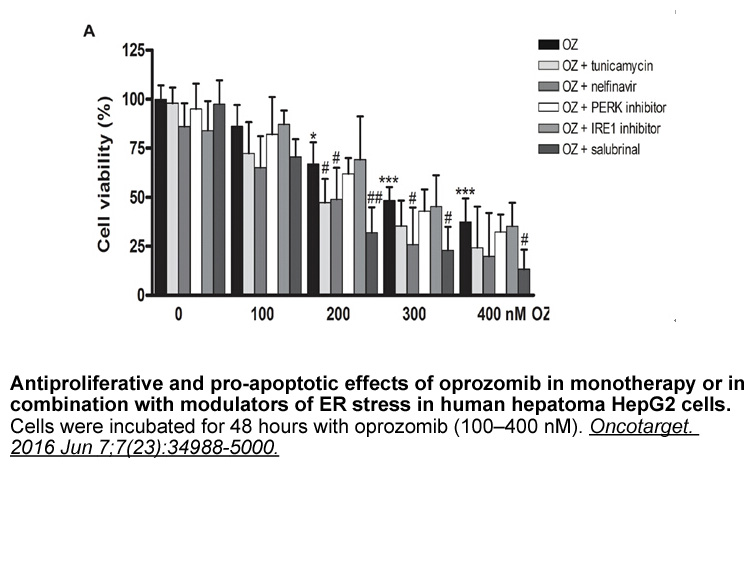
The initial beta-carboline derivatives used in the in silico docking experiments were prepared using the procedure outlined in . Harmol, , was -alkylated with -Boc-protected alkylamines in the presence of cesium carbonate to give and . The carbamate protecting group was removed under acidic conditio
-
It was revealed that various injured
2021-12-27
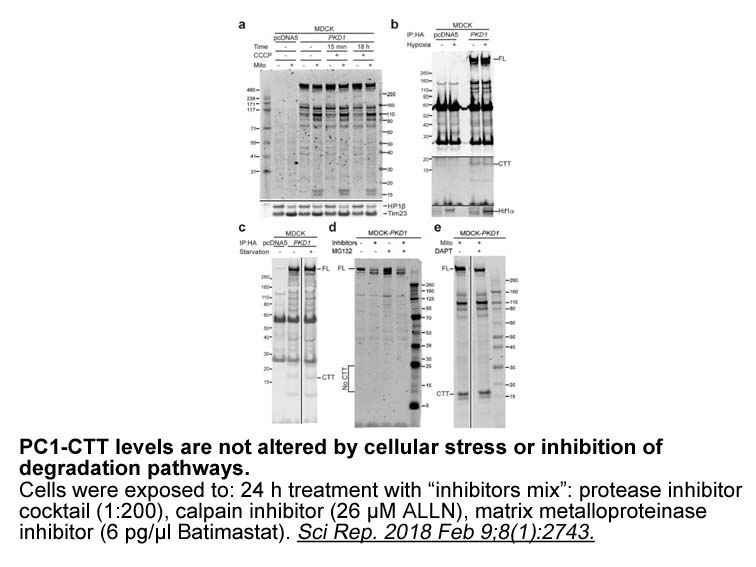
It was revealed that various injured or infected organs of Hippeastrum produce a mixture of an orange-colored chalcone and flavans which can be oxidized to red-colored dimer (Wilmowicz et al., 2014, Wink and Lehmann, 1996), preventing the penetration of injured tissues by Phoma narcissi, Botrytis ci
-
br Consequence physiological function of ROS dependent inhib
2021-12-27

Consequence/physiological function of ROS-dependent inhibition of GSNOR Plants response to environmental changes induced by abiotic and biotic factors by enhanced accumulation of ROS resulting in temporary imbalance of the cellular redox homeostasis. This as oxidative stress/burst termed event tr
-
The discovery that the physiological functions of LPI are as
2021-12-27
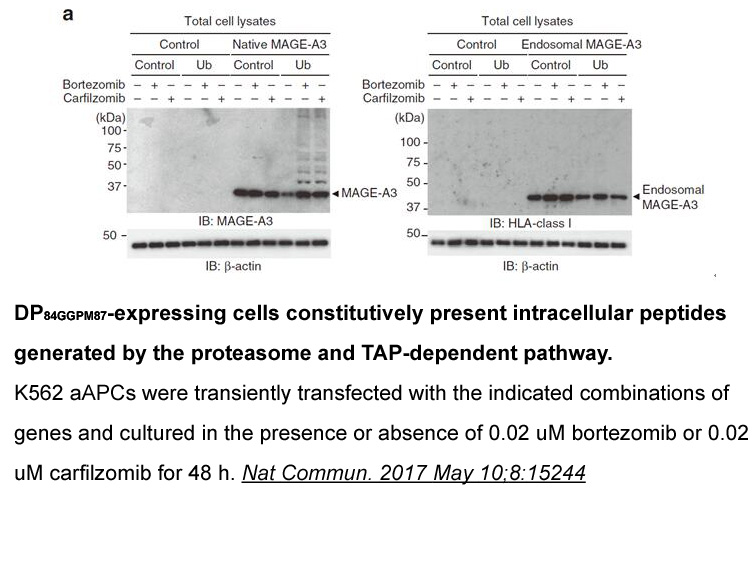
The discovery that the physiological functions of LPI are associated with the activation of specific GPR55 membrane receptor [4] has launched a new era of research on this lysophospholipid. However, the activation of membrane receptors by lysophospholipids is extremely complex due to the multitude o
-
In addition researchers studying GPR agonists favor the deve
2021-12-27
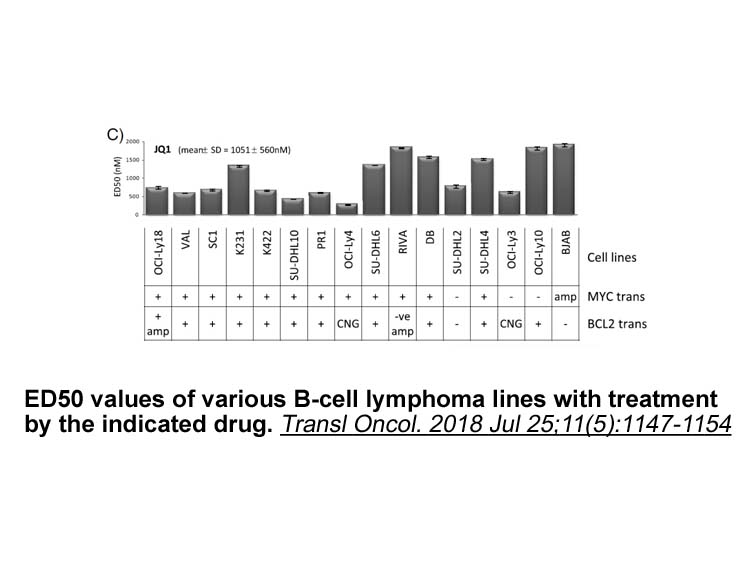
In addition, researchers studying GPR119 agonists favor the developing of candidate drugs that are more potent than DPP-4 inhibitors given that the latter are moderate agents in the treatment of DM. Although it JNK-IN-8 is unclear why Sanofi-Aventis chose to terminate collaboration with Metabolex (
-
br Conflict of interest br CRediT authorship contribution
2021-12-27
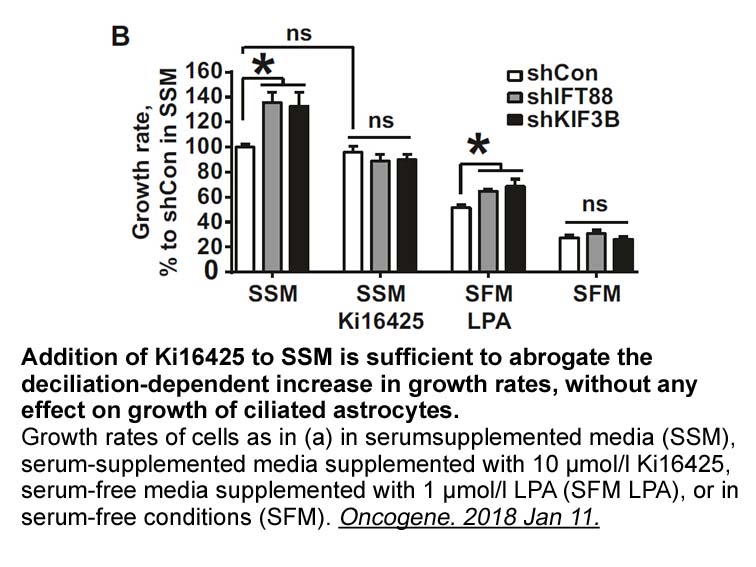
Conflict of interest CRediT authorship contribution statement Magdalena Olga Ciechanowska: Conceptualization, Data curation, Investigation, Methodology, Project administration, Writing - original draft. Magdalena Łapot: Formal analysis, Investigation, Methodology. Marek Kowalczyk: Writing - re
-
By regulation of synaptic glutamate concentration glutamate
2021-12-27
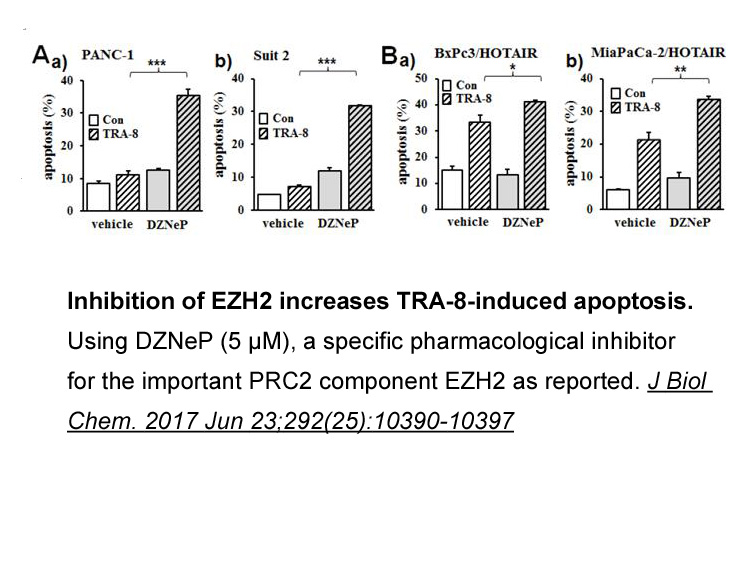
By regulation of synaptic glutamate concentration, glutamate transporters play an important role in limiting glutamate signaling and controlling the activation of glutamate receptors (Rimmele and Rosenberg, 2016). Reduced glutamate transport is thought to underlie the pathogenesis of numerous neurol
-
The genes for the receptors for peptides similar
2021-12-27
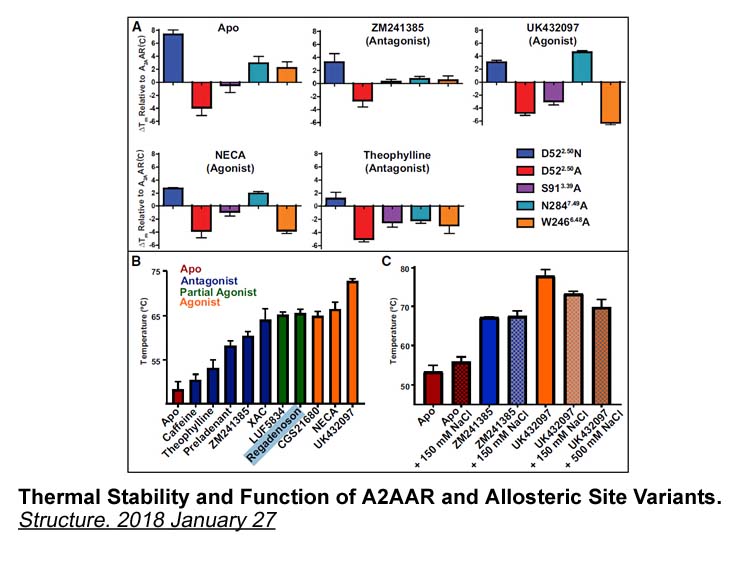
The genes for the receptors for peptides similar to glucagon are dispersed on three human chromosomes, with two on chromosome 17 (GCGR and GLP2R) and one each on chromosomes 6 (GLP1R) and 19 (GIPR) (see Table S1). The exon–intron gene structures of these genes are similar, as are the genes for other
-
It is possible that regulation of adiposity and
2021-12-27

It is possible that regulation of adiposity and glucose homeostasis by GIP are in part mediated by altering leptin levels and/or leptin signaling. However, we are unaware of reports that support this mechanism of action of GIP. In addition, leptin levels in GIP receptor knockout mice [12], [52] and
-
Brain derived neurotrophic factor BDNF is the most abundant
2021-12-24
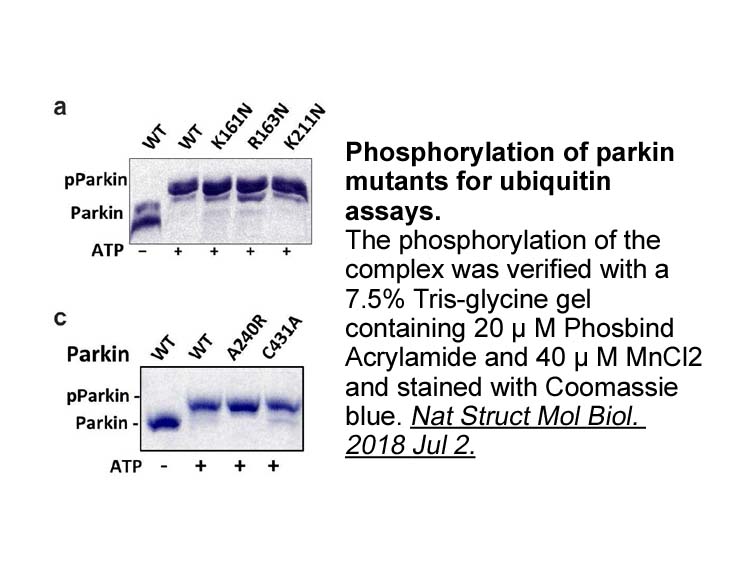
Brain-derived neurotrophic factor (BDNF) is the most abundant growth factor in the brain and is critical for neuronal development and synaptic plasticity (Bekinschtein et al., 2008; Lu et al., 2014). Besides playing an important role in mood and cognition, BDNF is also involved in the regulation of
-
We compared the mixotrophic growth of mutant DRHB and
2021-12-24

We compared the mixotrophic growth of mutant DRHB1486 and the wild-type at different light intensities. The mutant grew at a similar rate as the wild-type at a low light intensity but much more slowly at a high light intensity (Fig. 3). Because the slr2094 mutant was unable to grow under photoautotr
-
While phosphorylation site motifs are typically described in
2021-12-24

While U 18666A site motifs are typically described in terms of residues that promote phosphorylation, negatively selected residues can also be an important component of substrate recognition. Such ‘forbidden’ resides can act as a filter to prevent phosphorylation of a site by the ‘wrong’ kinase, wh
-
The biological function of NPRA is
2021-12-24
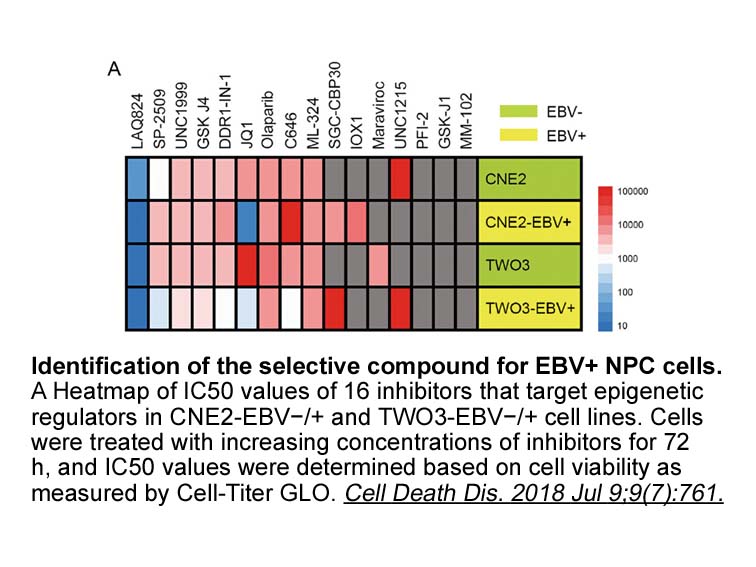
The biological function of NPRA is demonstrated primarily through the ANP/BNP-dependent GC catalytic activity of the receptor and the production of cGMP, which is regulated by several factors, including hormones, growth factors, physiological milieu, and the ligand itself [26,34,[36], [37], [38], [3
-
A second feature of the Ras type GTPases is that
2021-12-24
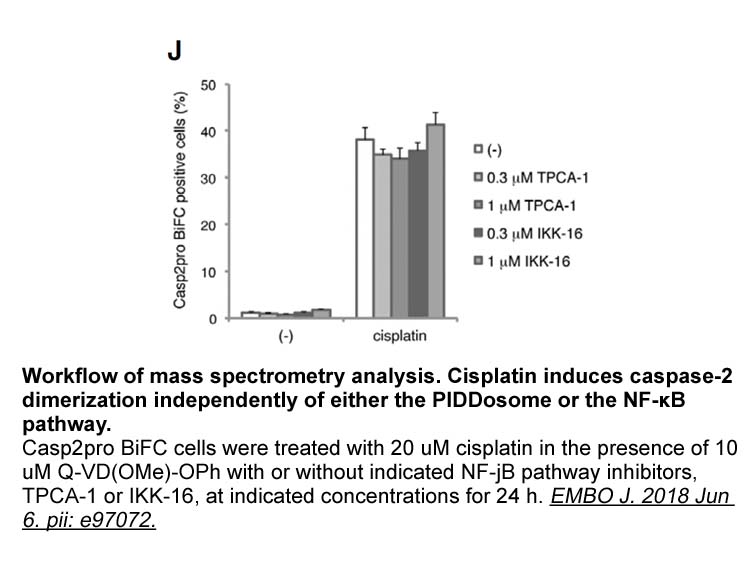
A second feature of the Ras-type GTPases is that their ‘on’ and ‘off’ states are temporally and often spatially separated from one another. This feature is essential for GTPases mediating signaling and other processes that need to be kept ‘off’ until the arrival of signaling cues. The need to recrui
-
These and other observations presented in
2021-12-24
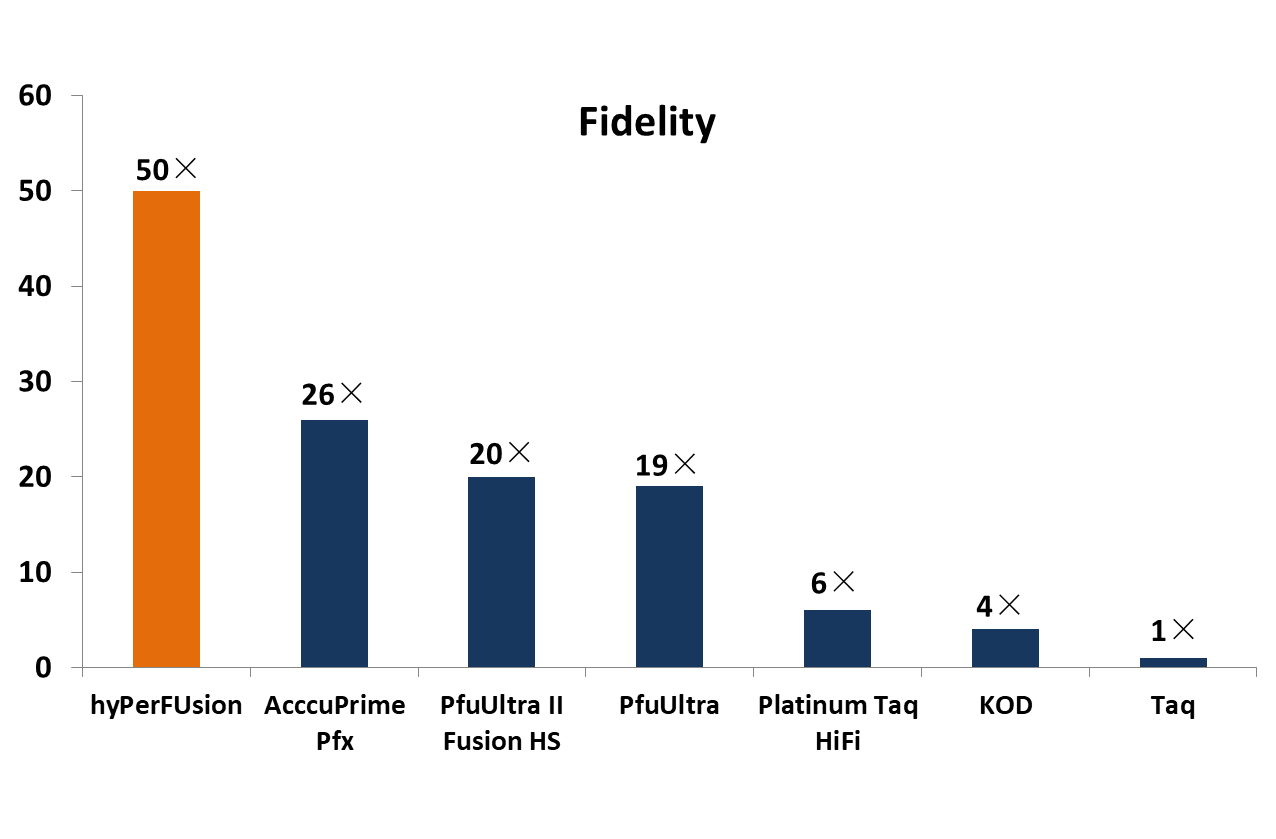
These and other observations presented in the elegant, rigorous study by Thomas et al. (2018) clarify a puzzling enigma regarding the Rab specificities of yeast TRAPP complexes and further highlight an important though under-appreciated role for the C-terminal HVD of Rabs in GEF substrate selection.
11133 records 214/743 page Previous Next First page 上5页 211212213214215 下5页 Last page